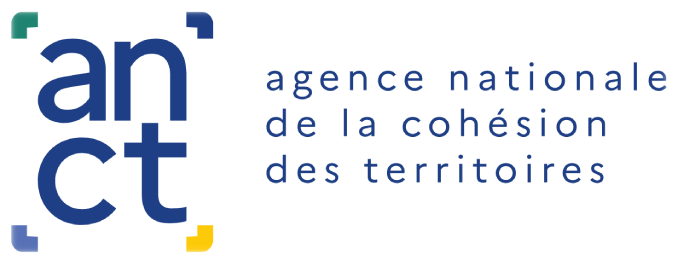While traditional participation mechanisms (neighborhood committees, consultations) seem to be running out of steam, a growing number of communities are turning to participatory budgets. The Fondation Jean Jaurès has just published the latest results of the annual survey carried out by Antoine Bezard, host of the website lesbudgetsparticipatifs.fr.
Every year since 2016, this survey presents an overview of participatory budgets in France
- Since 2014, the number of municipalities engaged in participatory budgeting has nearly doubled each year
- More than 6 million French people live in a municipality involved in a participatory budget
- Since 2014, the number of cities engaged in participatory budgeting has nearly doubled each year. At the end of 2014, there were about ten; 17 in 2015, 26 in 2016, 46 in 2017, 80 in 2018.
- The 80 communes already committed gathered in 2018 6.150 million French people.
- The typical municipality involved in a participatory budget has just over 25,000 inhabitants
More and more large French cities are signing up with, in 2018, Lille (232,700 inhabitants) Angers (151,500 inhabitants), Le Mans (143,300 inhabitants), Brest (139,200 inhabitants) or, in the Paris region, Nanterre (93,700 inhabitants) or Courbevoie (83,100 inhabitants).
82% of municipalities involved in participatory budgeting use digital technology
In a little more than a third of the cases, online voting and paper voting coexist. Thus, online voting - all technologies combined - is combined with paper voting in 35.5% of cases.- 35.5% of communities report voting only online and 22.2% only at the ballot box.
- In 2018, of the 80 municipalities offering, only 7.5% of municipalities had no digital tools.
- 55% of local authorities are equipped with online civic tech participation platforms. These platforms are ubiquitous in the most populous cities. They support residents, from submission to voting and information on projects submitted and those already voted on and in progress.
- 37.5% of municipalities are turning to more basic digital solutions. In these, generally smaller, communities, project submission or voting can be done using online forms on their site or using third-party tools like Google Forms. Projects are featured in articles on the site. It should also be noted that Saint-Denis offers residents the option of voting by SMS.
In terms of citizen participation, it is increasing in the few cities that the authors of the study were able to observe, with a median close to 4%.
Some large cities now exceed 7% participation and some small cities exceed 10%.
Références :





